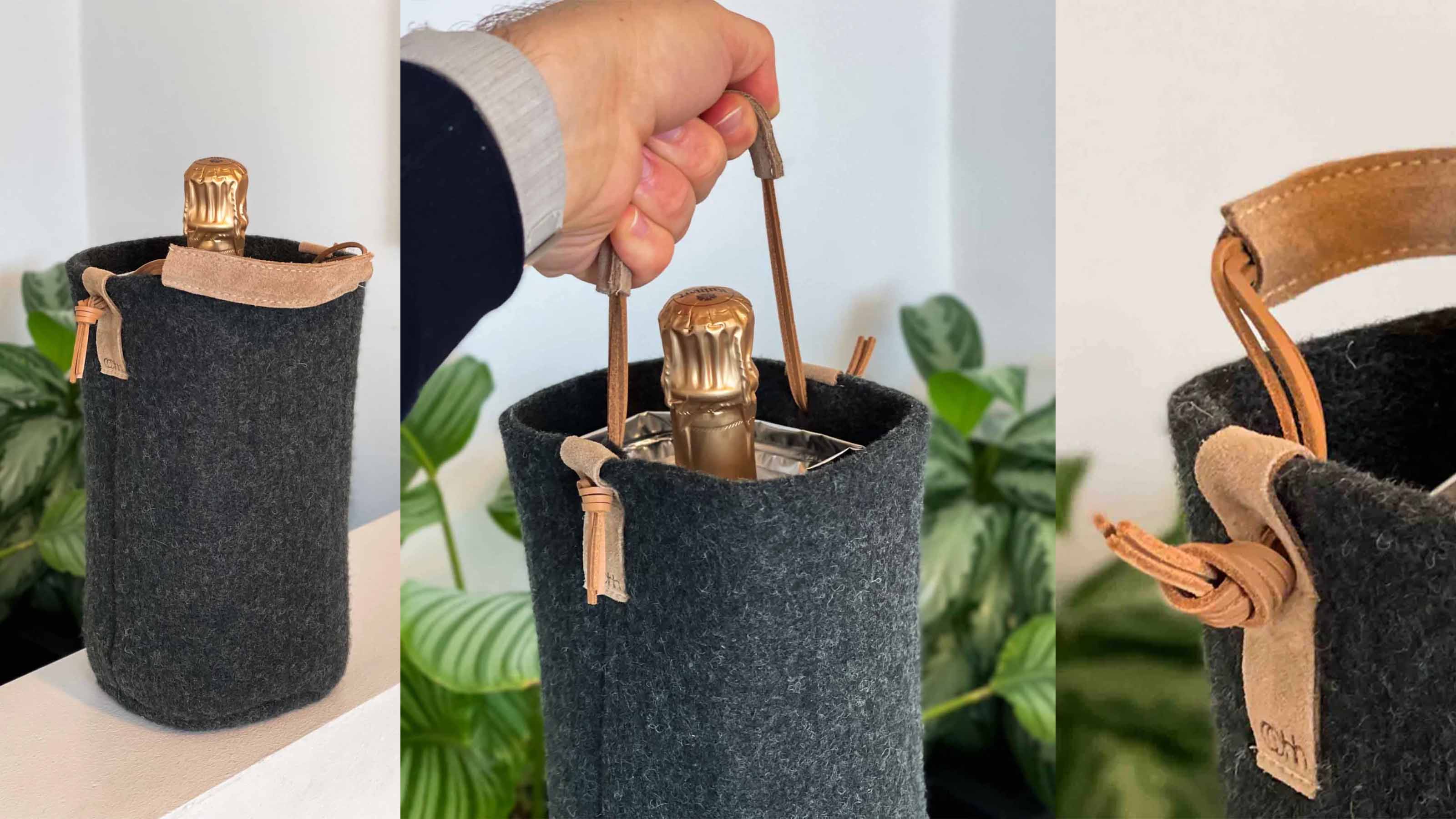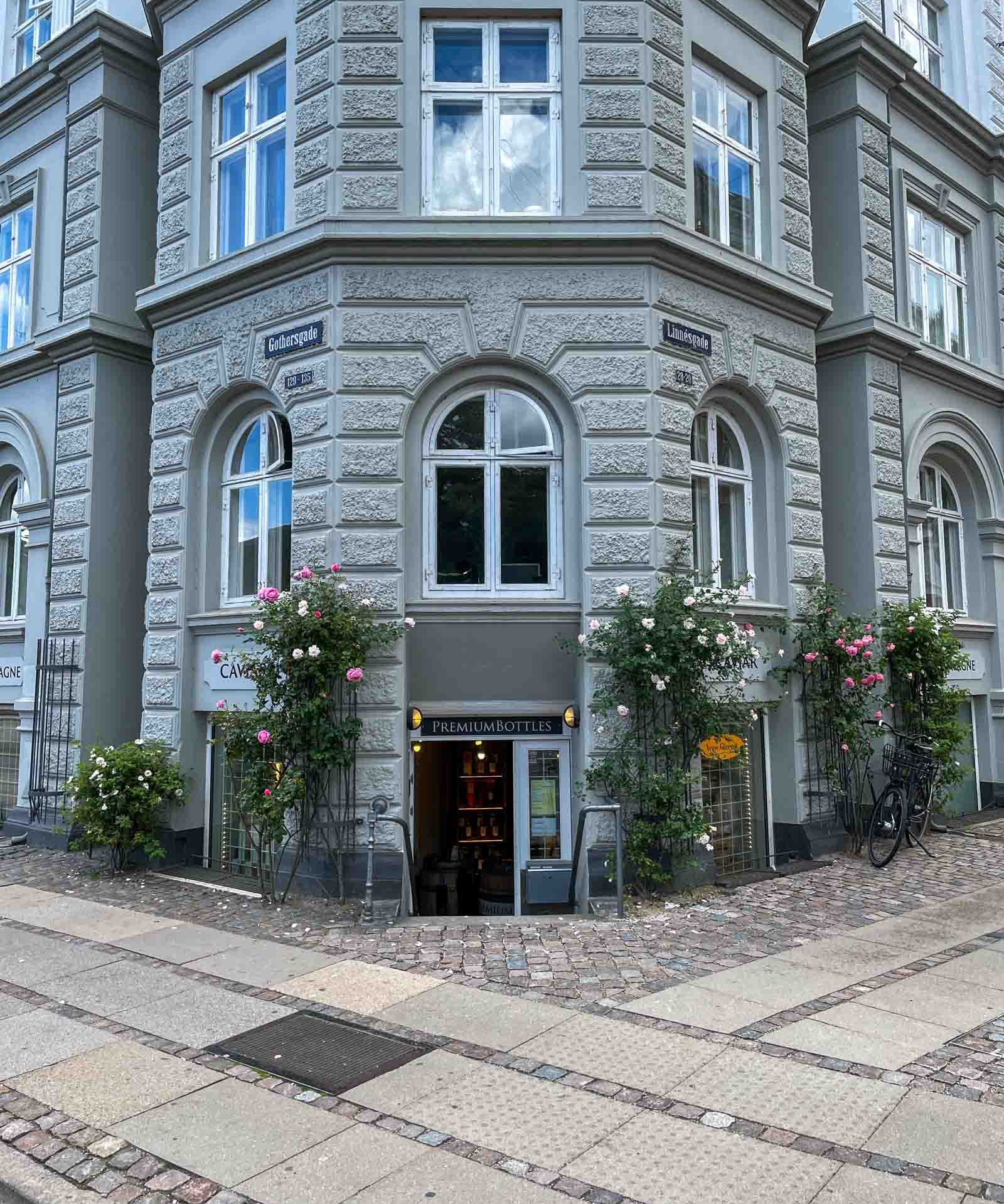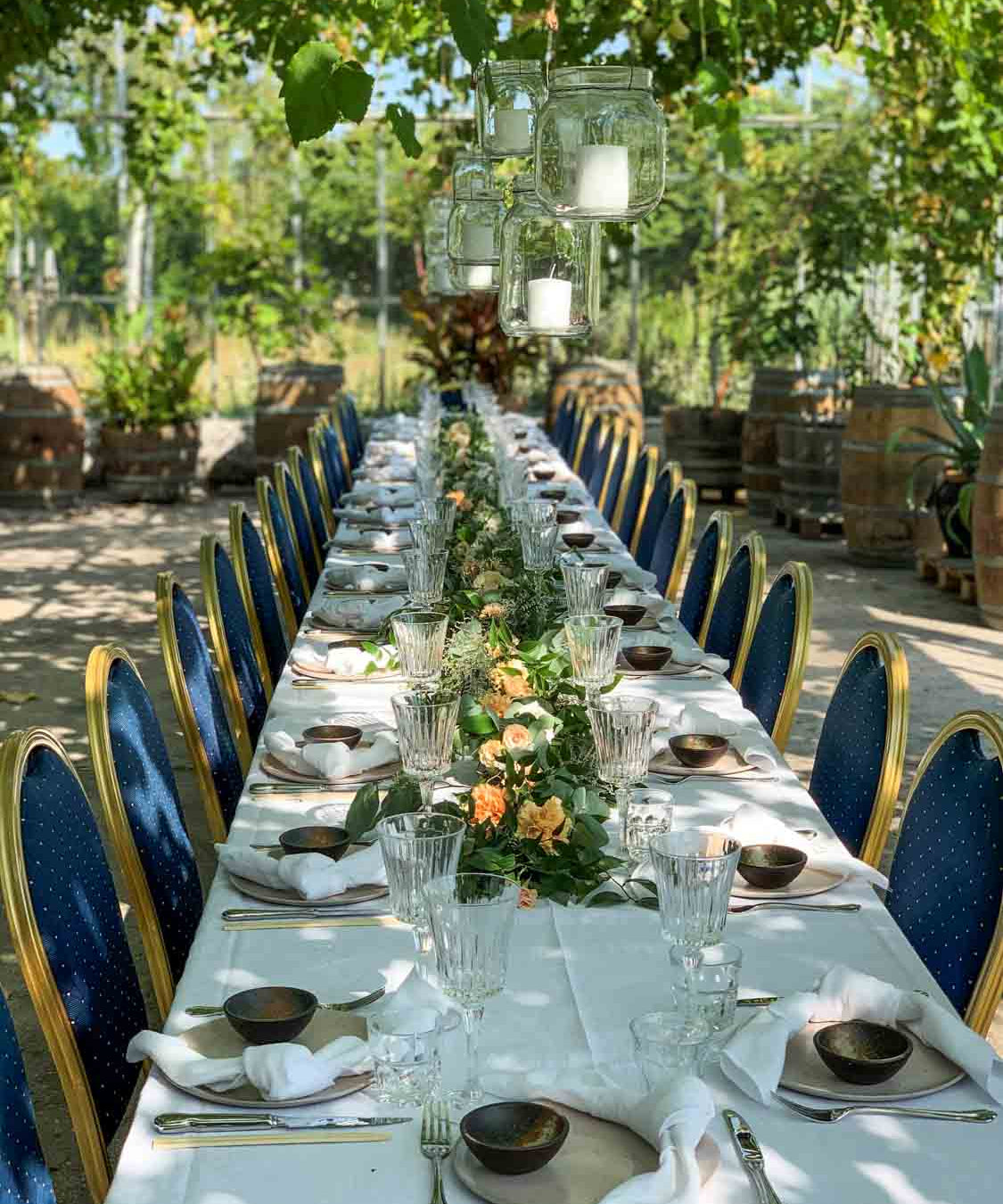Fortunately, you don't have to keep track of that much when it comes to which grapes are used for champagne. In fact, there are only seven grape varieties that can be used for champagne, of which the three of them account for 99% of the production.
Therefore, it is relatively manageable to keep track of grape varieties and what they each give the different champagnes in terms of taste and aromas. However, many champagnes are often made from a mixture of several grape varieties, where the precise mixture is rarely shown on the label.
It may surprise some, but in fact most of the grape varieties are blue grapes, which may be confusing considering that champagne is usually yellowish or golden in color.
The reason why champagne is not darker in color, now that blue grape varieties are predominantly used, is that the grape skins are removed relatively quickly after the grapes have been pressed. It is in the grape skins that the color resides, so when you quickly remove them after pressing, the grape juice does not take color from the skins.
See our large selection of champagne
What grapes are used for champagne?
As mentioned, seven different types of grapes can be used for champagne. But the vast majority of champagne will be made from the grape varieties Pinot Noir, Pinot Meunier and Chardonnay. They are thus the primary grape varieties in champagne. The four other secondary grape varieties used for champagne are Arbane, Pinot Blanc, Fromonteau Gris and Petit Meslier.
Since it is almost exclusively Pinot Noir, Pinot Meunier and Chardonnay that are used for champagne, it is only those that we will review below.
The primary grape varieties
Pinot Noir
Pinot Noir is the most widely used grape variety in champagne, and accounts for around 38% of the plantings in the area. The grape itself is actually relatively difficult to grow, where especially its thin grape skin makes it fragile against wind and weather.
But when you succeed in growing the grape variety, it usually turns out really well. More often than not, it is Pinot Noir that adds backbone and structure to the champagne. It contributes with a quite fruity scent, as well as a soft and delicious taste of red berries.
Pinot Meunier
The grape variety Pinot Meunier accounts for approximately 32% of plantings in Champagne, and is, like Pinot Noir, a blue grape variety. It is actually believed that Pinot Meunier is a mutation of Pinot Noir. 'Meunier' means mills, and alludes to the almost floury layer that can be found on the underside of the vine's leaves.
Although it is one of the most cultivated grape varieties in France, there are actually quite a few who do not know about it. Unlike Pinot Noir, it is a very hardy grape variety that can ripen well even in the cold years.
The grape variety has tones of freshly baked bread and caramelized sugar, and it helps to give the champagne roundness, body and richness.
If the champagne is made exclusively from blue grape varieties such as Pinot Noir and Pinot Meunier, it is called Blanc de Noirs. If you are curious about what it tastes like, you can explore our selection of Blanc de Noirs.
Chardonnay
Chardonnay is the only one of the three primary grape varieties that is a green grape. This grape variety is known to be quite an easy grape to grow, as it is very adaptable to the area it is grown in. In the Champagne district, it accounts for approximately 30% of the plantings, where it is primarily responsible for delivering rigor and elegance for the wines.
In itself, Chardonnay is a relatively scent- and taste-neutral grape, which is greatly influenced by the area it is grown in. Chardonnay grown in the Champagne district typically comes with notes of flowers, citrus and minerality.
Champagne made exclusively from Chardonnay is called Blanc de Blanc. See our large selection of delicious Blanc de Blancs here.
Buy champagne at PremiumBottles
Regardless of which grape variety you prefer your champagne to be made from, you can safely and easily buy it online at PremiumBottles. Here you are also always sure of champagne of super high quality and fast delivery. We negotiate e.g. large and well-known brands such as Dom Pérignon and Veuve Clicquot .
With us, you can always be sure of the best of the best, and this also applies to our customer service. Therefore, it is also pleasing to see that our Trustpilot has a rating of 5/5 stars.Dialogue with our customers is important to us. We are therefore open for our customer service on tel. 217 217 03 all weekdays at 10:00-17:00, as well as on our customer service email: kontakt@premiumbottles.dk .
This helps ensure a smooth transaction for you as a customer. We are very interested in hearing from you if you have any product wishes or other good ideas. Even if you don't find your favorite product in our shop, in most cases we can bring it home.































